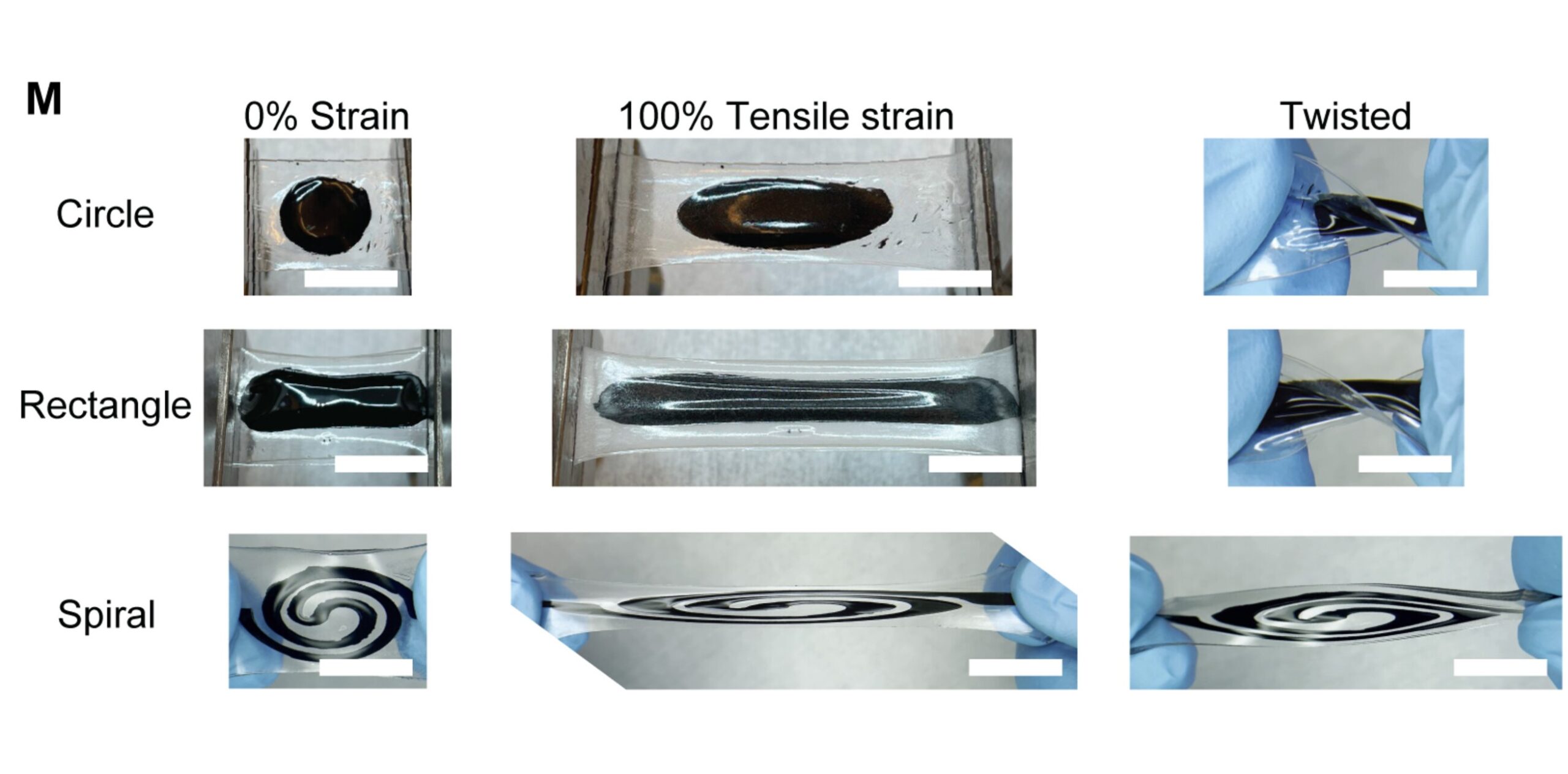
TL;DR
- Even with foldable phones a reality, batteries have remained stubbornly solid.
- A new paper outlines a technique for replacing solid electrodes with toothpaste-like fluids.
- The resultant batteries aren’t just flexible, but can also be stretched.
Smartphone manufacturers have pretty successfully proven by now that foldables phones are commercially viable. Granted, phones with screens that bend and flex may never be as durable as their flat, rigid brethren, but so long as you treat them with an appropriate amount of respect, they shouldn’t do you wrong. Many of us are already dreaming about what’s next, and whether or not we’ll ever see foldable-phone tech evolve into something even more flexible — literally and figuratively. Now a novel development in battery engineering gives us reason to be hopeful.
Folding screens are no problem, and we’ve even seen displays that roll up like a scroll. But so far those concepts have paired rollable screens with rigid phone bodies. We can make displays flexible, sure, and even circuit boards can be printed on flexible material, but there’s been one major component getting in the way of building a phone where the entire handset body can bend: the battery.
Batteries come in all shapes and sizes, from those powering tablets to the tiny ones in our earbuds, but they’re all generally quite solid, inflexible components. Over the years we’ve heard about a few attempts to do something about that, and this week we’re checking out a new scientific paper that looks into the feasibility of batteries that aren’t just flexible, but stretchable as well.

The study published in Science outlines an approach where not just the electrolyte is a liquid, but the electrodes themselves (which are typically solid) are fluids, as well (via Gizmodo). The viscous fluids are described as having somewhat of a toothpaste-like consistency, and are resistant to degradation; the cell the team assembled survived hundreds of deformation cycles hitting up to 500% strain and still retained the ability to hold a charge.
While this experiment was more of a proof of concept than a clear path towards commercial production, this is one pretty fascinating development, and not just for flexible phones. Physical damage is a leading cause of catastrophic battery failures, and a fluidic battery like this in even a conventional smartphone might offer increased durability.
Don’t hold your breath for rollable smartphones this holiday season, or maybe even next year’s, but it’s very cool to think about where this kind of development could lead just a little further down the line.










